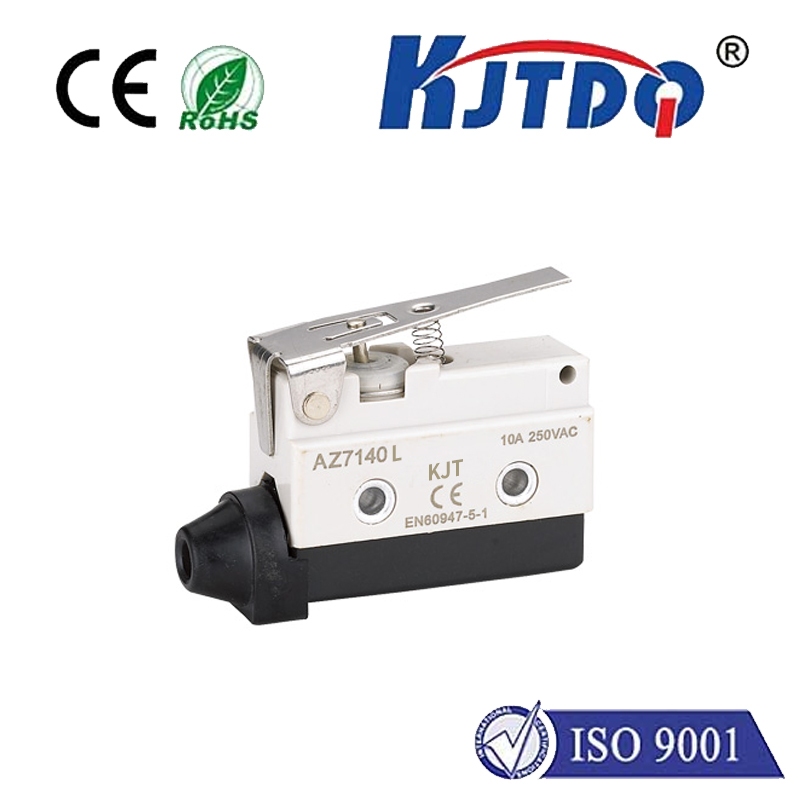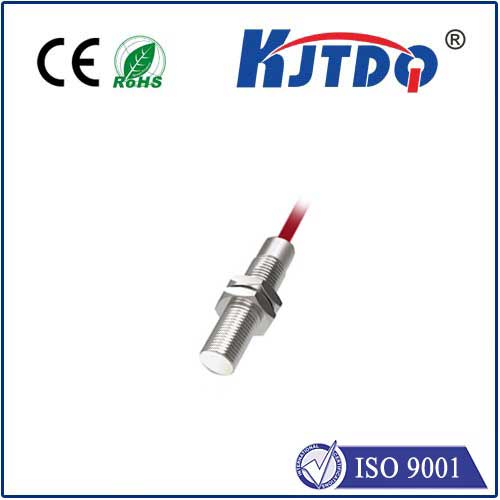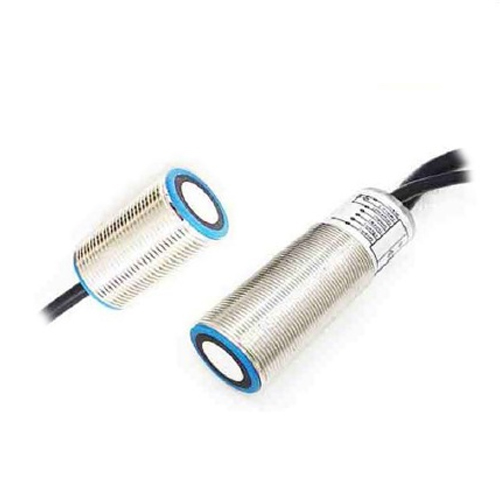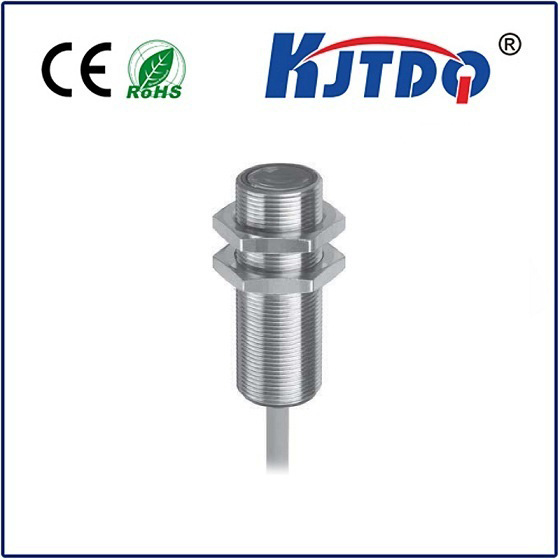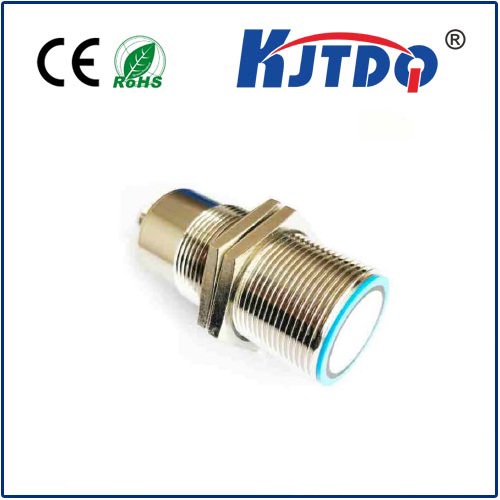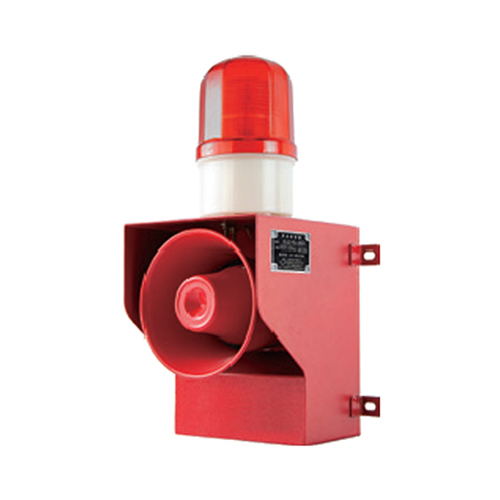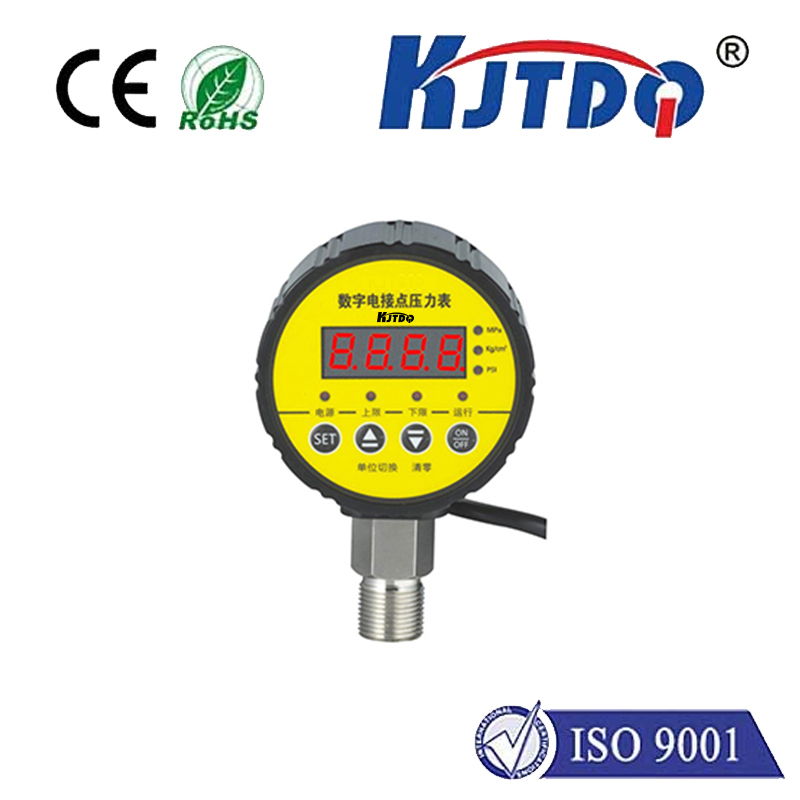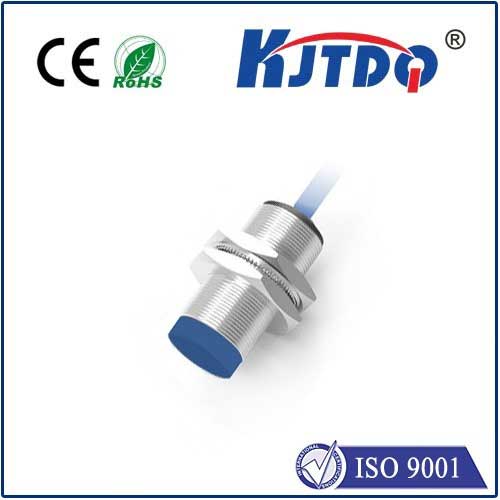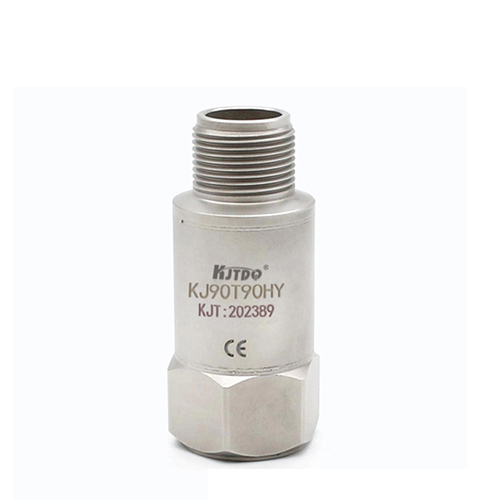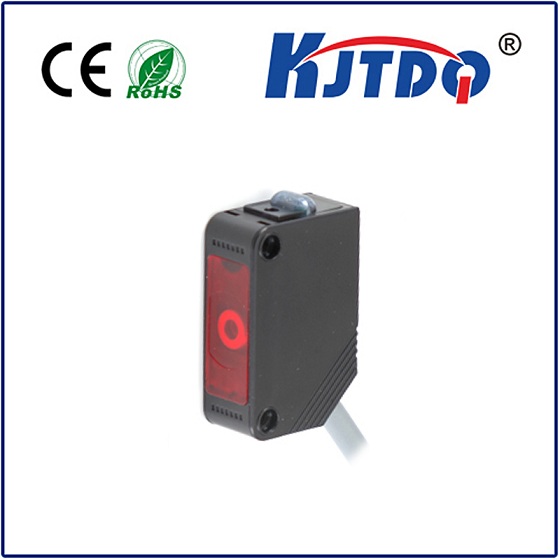

check

check

check

check

check

check

check

check

check

check
Title: Understanding the Role of Optical Limit Switches in Automation and Control Systems
Introduction to Optical Limit Switches (OLS)
An optical limit switch is a type of sensor that uses light to detect the position or movement of an object. It works by emitting a light source from one end of a magnetic coil, which rotates around its axis. When the object comes into contact with the sensor, it blocks the flow of light and disrupts the magnetic field, causing the coil to stop spinning. This interruption in the magnetic field is detected by an amplifier and converted into a signal that can be used to control a machine or system. OLSs are commonly used in automation and control systems because they offer high accuracy, fast response times, and long lifespan. In this article, we will explore the various aspects of optical limit switches, including their design, working principle, applications, and benefits.
Design and Working Principle of Optical Limit Switches
The design of an optical limit switch typically consists of three main components: the lamp, the photocell or photodiode, and the magnetic coil. The lamp emits light from one end and reflects it back toward the other end using a mirror or reflective surface. The photocell or photodiode detects the presence or absence of the reflected light and converts it into an electrical signal that can be processed by the system. The magnetic coil is responsible for rotating the shaft that connects the lamp to the rest of the system.
When an object comes into contact with the sensor, it blocks the flow of light and disrupts the magnetic field, causing the coil to stop spinning. This interruption in the magnetic field creates a change in the electrical signal that is sent to the amplifier, which processes the signal and sends a corresponding output signal to the control system. The exact mechanism behind how an optical limit switch works depends on the specific design of the device, but in general, it relies on the principles of optics and electromagnetism to detect motion and position.
Applications of Optical Limit Switches
Optical limit switches have numerous applications in various industries, including manufacturing, packaging, logistics, and transportation. Some common use cases include:
1. Robots and automated machines: Optical limit switches are often used as primary or secondary sensors to help control robots and automate machines. For example, optical limit switches can be used to detect when a machine's arm has reached a certain point in its motion, enabling it to stop or adjust its behavior accordingly.
2. Packaging machines: Optical limit switches are commonly used in packing machines to detect when a product has been properly packed and ready for transport. By monitoring the position of the product as it passes through different stages of the packaging process, optical limit switches can ensure that products are packed securely and efficiently.
3. Material handling systems: Optical limit switches are also used in material handling systems such as palletizers, order pickers, and conveyor belts to detect when an object has reached its final destination or if there is an obstruction in the path of movement. This information can be used by the system to adjust its behavior and prevent damage to both humans and equipment.
Benefits of Optical Limit Switches
There are several benefits to using optical limit switches in automation and control systems:
1. High accuracy: Optical limit switches provide high accuracy in detecting motion and position because they rely solely on light reflection rather than mechanical contacts or other types of sensors. This means that they can accurately detect even small movements or changes in position.
2. Fast response time: Since optical limit switches do not have any moving parts or mechanical contacts, they can respond quickly to changes in motion or position. This makes them ideal for use in real-time control systems where fast response times are critical.
3. Long lifespan: Optical limit switches have a long lifespan compared to other types of sensors due to their simplicity and lack of moving parts. This means that they require less maintenance and can last for many years without needing replacement.
Conclusion
